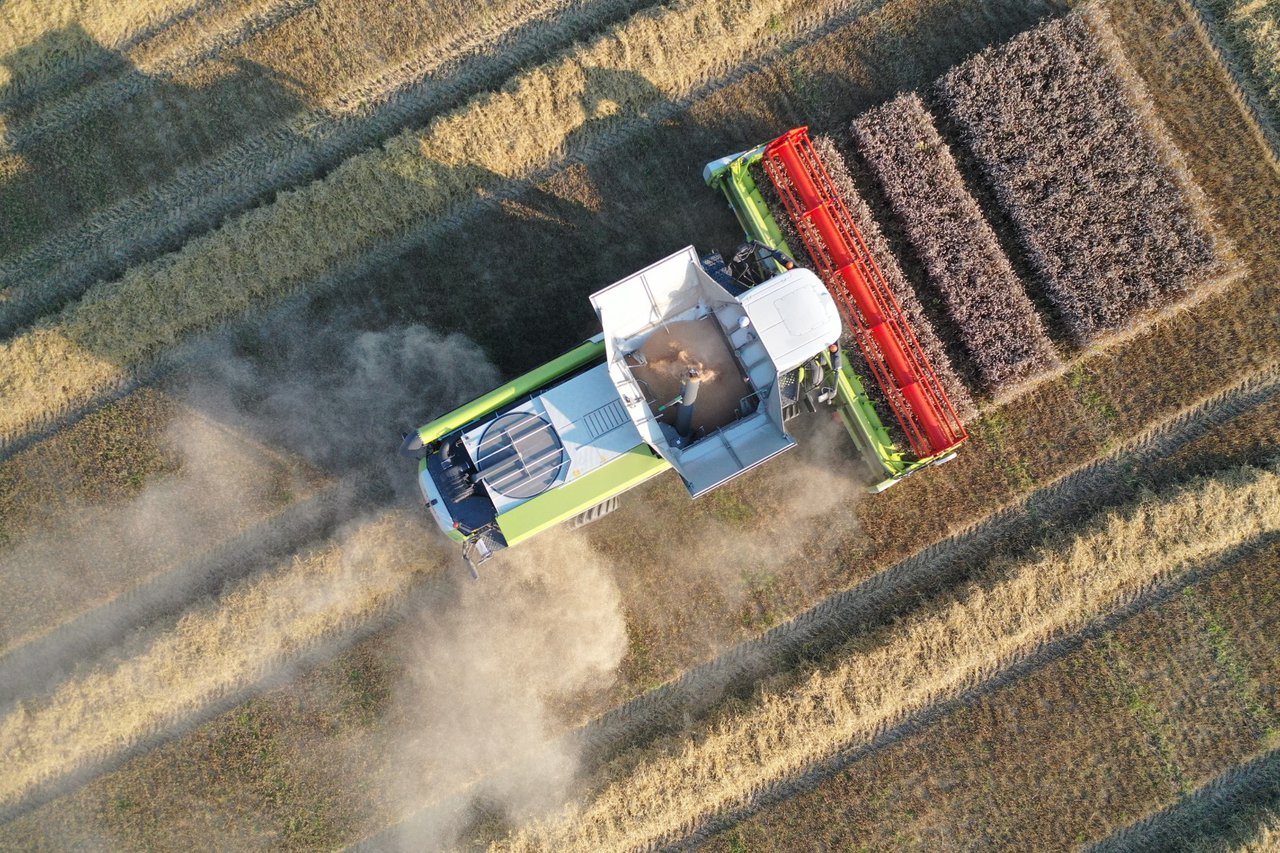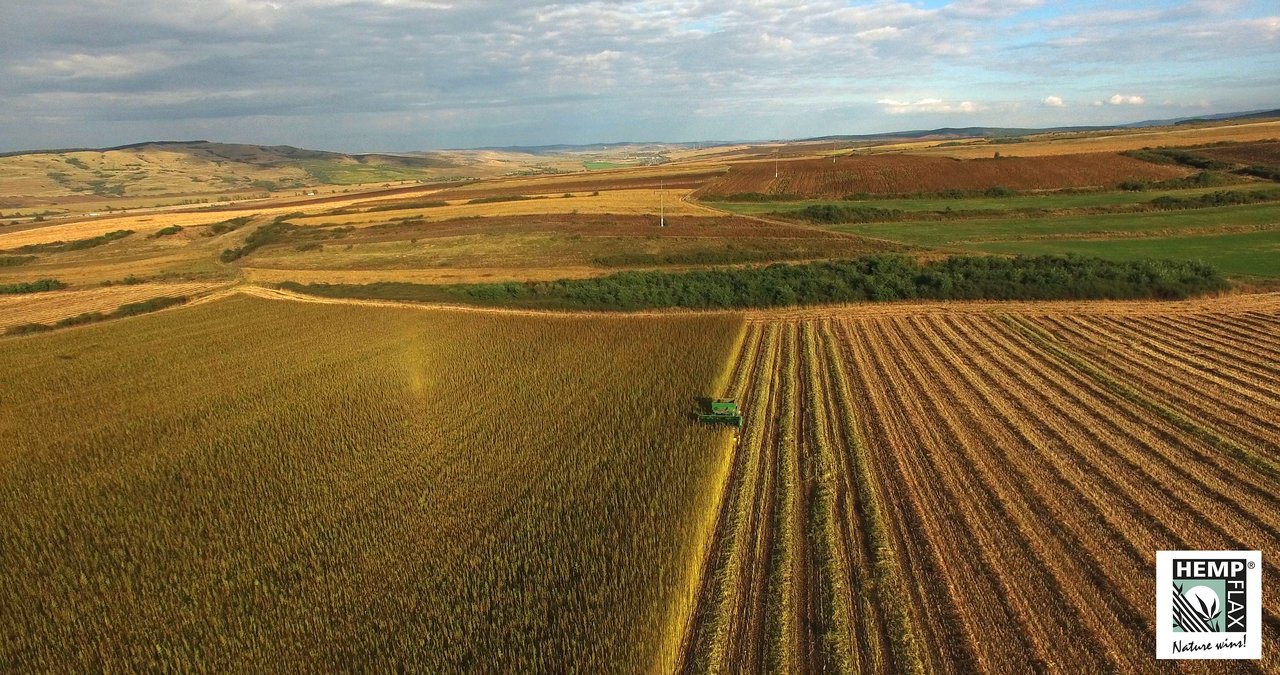
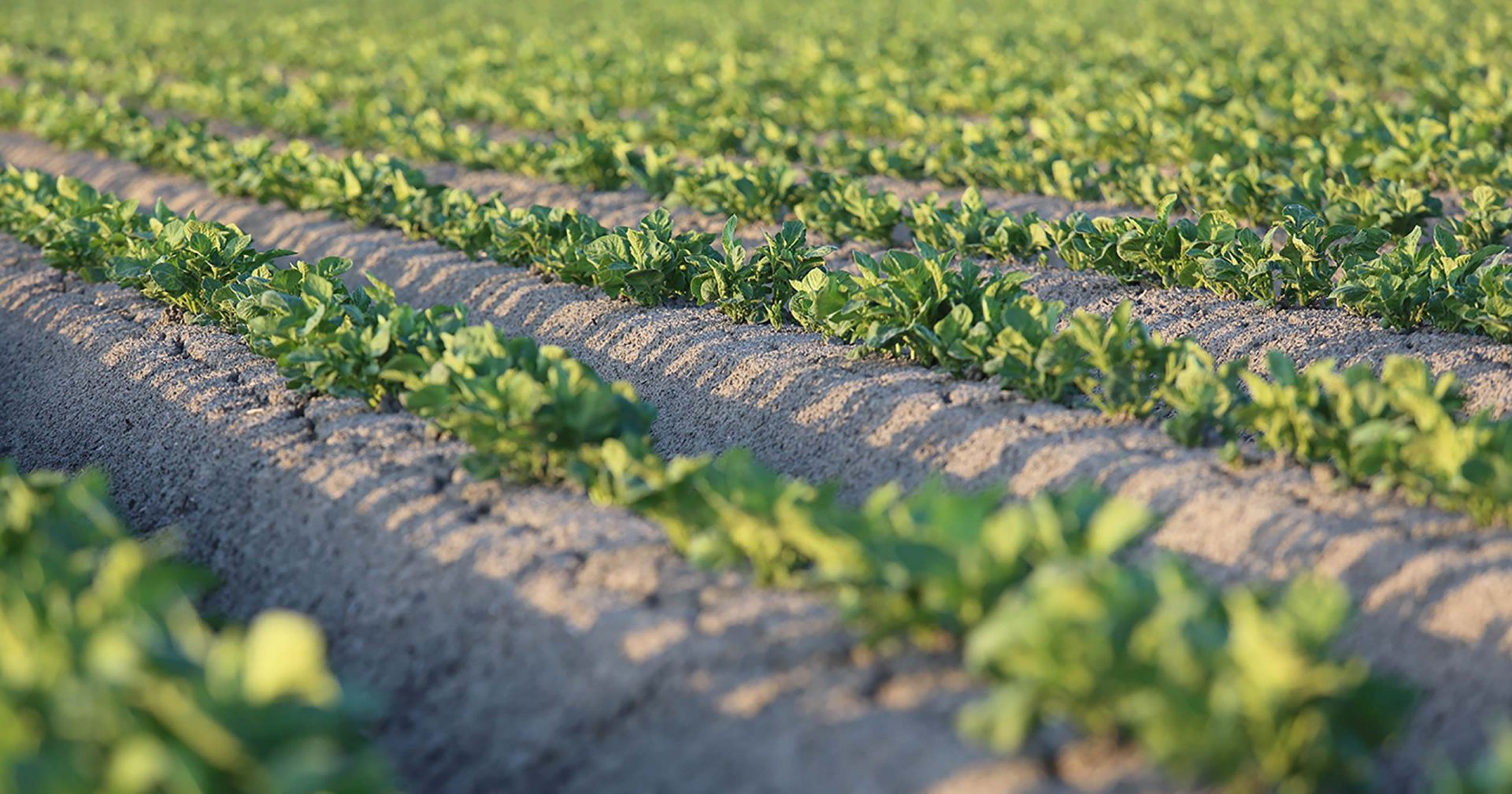
Lud Uitdewilligen
CloudfarmGrower works more often with prescription maps
The use of prescription maps increased by 35% in 2021. This is apparent from data that Dacom has collected about the past cultivation season. Whether it concerns variable rate planting and sowing, fertilizing or applying crop protection products. The use of prescription maps is increasing. It is striking that satellite images are increasingly being used to compile these maps.
In 2020, Dacom calculated for the first time how often prescription maps are used in practice. On what basis and with what application? Now that the 2021 season is almost over, we can draw conclusions based on practical data for this year. This shows that the total number of prescription maps – created with Dacom Cloudfarm – has increased by 35%. The number of users that Cloudfarm uses to manage AB lines has also grown considerably. This functionality was introduced in 2019. In total, almost 25,000 AB lines were created and exchanged between all known GPS suppliers.
Striking New Crop
When the figures are broken down by crop group, it quickly becomes clear that potato cultivation is by far the most popular. Not only because of the size of this crop, but also because of the revenue model. Savings or additional returns usually yield the highest return. This crop is followed by winter grain, sugar beet and onions. A striking newcomer is the cultivation of grass sods which increasingly involves site-specific work. There were no changes in soil type. Site-specific application is most often used on sandy soils. Followed by sandy loam and light clay soil.
Many Cloudfarm users create about 10 task cards per growing season. For example, because the moment of adjustment in the cultivation is limited. However, Lud Uitdewilligen, Cloudfarm product owner at Dacom, sees this shifting. “More and more growers are structurally working with prescription maps. A quarter works with the technology on a regular basis. The figures clearly show that many users are experimenting and looking for opportunities for their company and crops.”
Top 6 Most Popular Applications
The fact that the profit that can be achieved varies per company is visible in the top 6 of most used applications. This list is unchanged from 2020. The following applications are most commonly used:
1. Soil improvement for cultivation (variable compost or lime spreading)
2. Varying the planting distance for potatoes
3. Variable application of liquid fertilizers in potatoes, beets and grains
4. Variable application of granulate (for nematode control in potatoes)
5. Top-up fertilizer based on satellite images
6. Variable soil herbicide spraying in onions
The difference in soil type is reflected in this list. Variable liming is used on sandy soil, while herbicide spraying in onions on clay soil is popular. What is striking is that satellite images form the basis of almost half of all applications. Uitdewilligen: “Dacom has improved the accuracy of the images. The crop index is more accurate by adding the WDVI value. Growth differences in a fully grown crop are more visible. The Soil Potency Map is created by combining satellite data from several years. This newcomer was used by a growing group of participants in 2021. The newly introduced Observation map is still little known, but it offers the option of drawing in weed spots yourself and converting it into a prescription map.
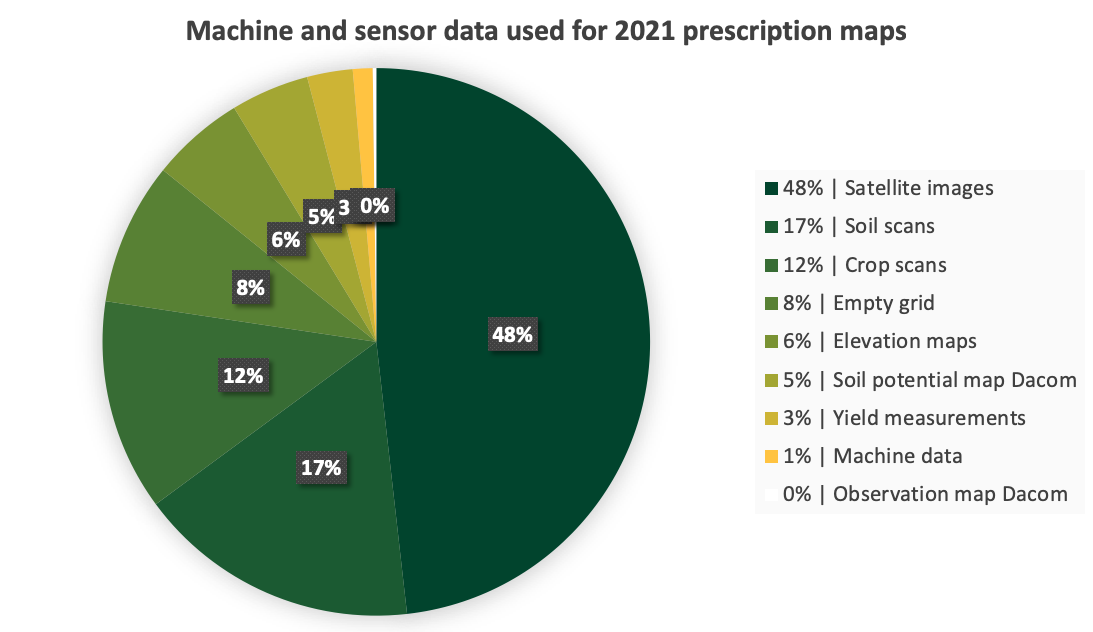
Now is the Time!
“Now is the time to think about prescription map applications,” emphasizes Uitdewilligen. “We see growers too often encountering exchange problems during the growing season. A season is then quickly lost. This is prevented by using the winter period to optimize the machinery and interchangeability. In addition, help can be requested in good time from fellow growers, dealers or suppliers. Hopefully these figures offer a glimpse into the potential of working with prescription maps.”
"At the same time, our focus remains on making prescription maps widely available for arable farmers. This must be reliable, accessible and rewarding."
Dacom is continuously working on the further development of Cloudfarm by improving the user-friendliness and adding practical new functionalities. Structural work with prescription maps requires the next level of automation. Uitdewilligen: “Prescription maps are now created 1 at a time. Fixed templates can help to create prescription maps in bulk. For exemple for a regularly recurring phytophthora spraying."
New functionalities
New this season is the combination of presciption map layers. For example, for variable planting and for administering granulate. Something that new machines and terminals can handle. This option will be rolled out further in Cloudfarm next season.
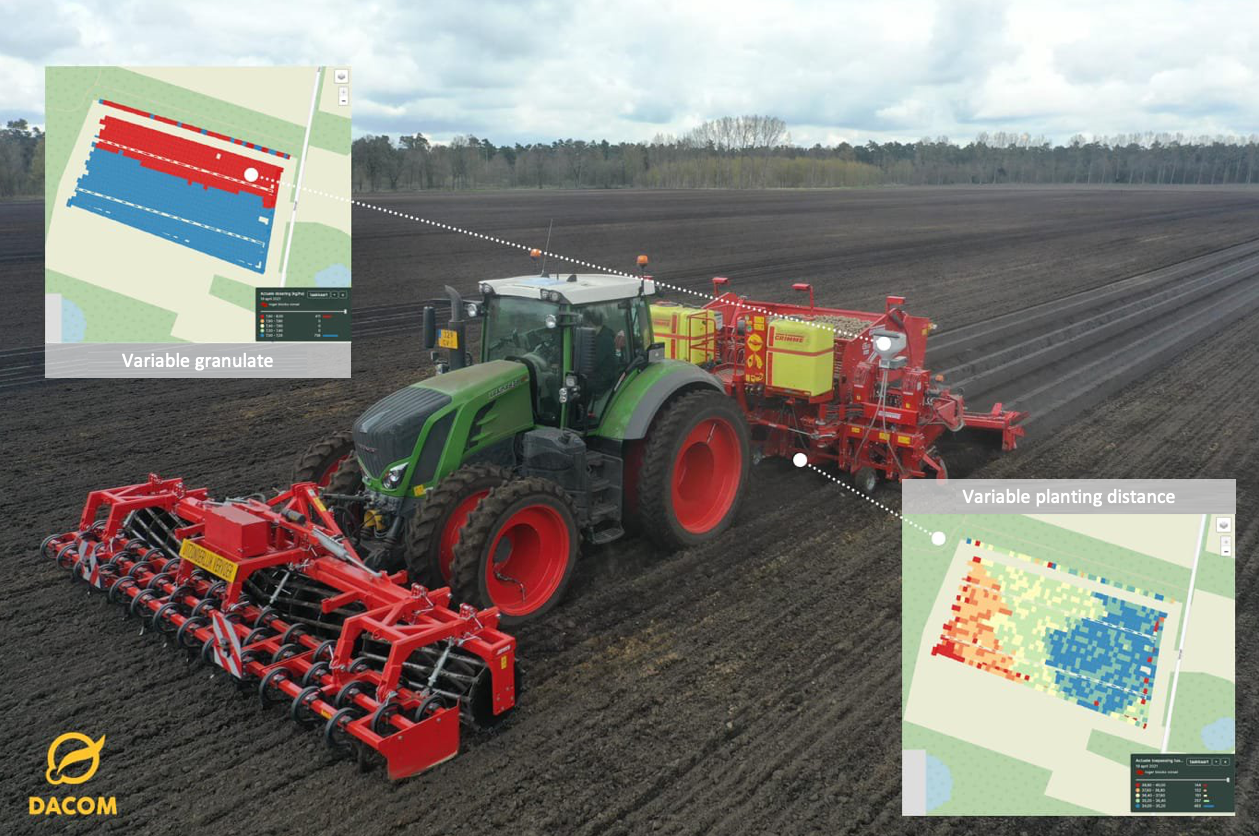
Also tested in 2021 is the Drainage Map. This automatically shows the lowest places in a plot for the construction of drainage trenches. Also new is the Shadow Map. This map layer shows the degree of solar radiation. It shows the shadow effect of a row of trees.
Connections
Not only the number of users, but also the number of affiliated manufacturers is growing. “We have made connections with Vervaet (yield measurement for sugar beet and chicory), BBLeap (spraying technique) and Raindancer (irrigation)”, says Uitdewilligen. “More links are in development. Improving the visualization of the machine data shows exactly how the operation was performed relative to the original job map. These are all examples of improving the user-friendliness of Cloudfarm.”
Have you become curious about which prescription maps you can get started with at your company and achieve immediate returns? Please contact sales@dacom.nl. In Cloudfarm you can easily create prescription maps yourself and export them to all commonly used brands of tractor and machine terminals.
